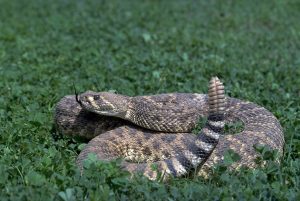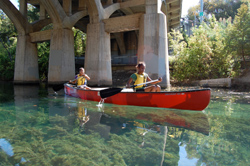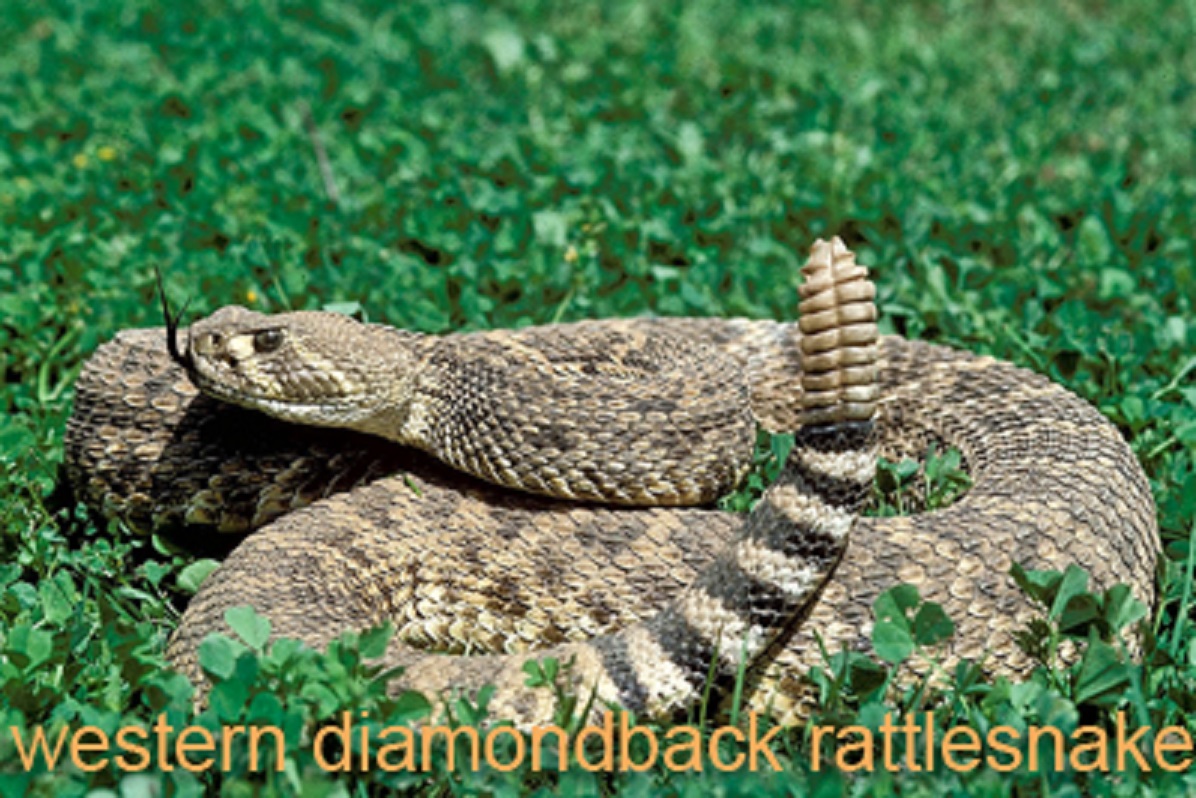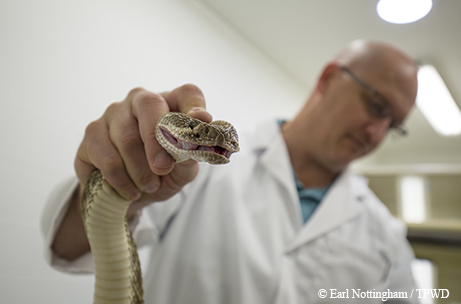Are Rattlesnakes Losing Their Rattle?
Thursday, May 23rd, 2019This is Passport to Texas
Maybe you’ve heard stories around the campfire about rattlesnakes losing their ability to rattle. Some chalk it up to feral pig attacks, others to humans who seek out and kill rattlers. If they can’t find you, they can’t kill you, right? But is there any truth to the tales?
It’s a pretty common story that you hear but its completely unsubstantiated.
Dr. Andy Gluesenkamp, herpetologist and Director of Conservation at the San Antonio Zoo says he’s seen no scientific evidence to back up these claims.
I think it’s just conjecture on the part of folks that like a good story or don’t have a very good understanding sort of how natural selection works in the wild. A lot of snakes get collected out of their winter dens for rattlesnake roundups, yet those snakes aren’t being discovered because they rattle. Road mortalities are a significant issue for a lot of snake populations and rattling or not rattling isn’t gonna make a bit of difference with a passing car.
So, what do you do if you come up on a rattler?
Better just to leave the scene. Nine times out of ten the snake will do the same. If you encounter a snake in a place it shouldn’t be say close to structures or in a playground contact a wildlife professional to come remove the snake safely.
We receive support in part from RAM Trucks: Built to Serve.
For Texas Parks and Wildlife…I’m Cecilia Nasti.






 Passport to Texas is a
Passport to Texas is a  Passport to Texas is made available by:
Passport to Texas is made available by: